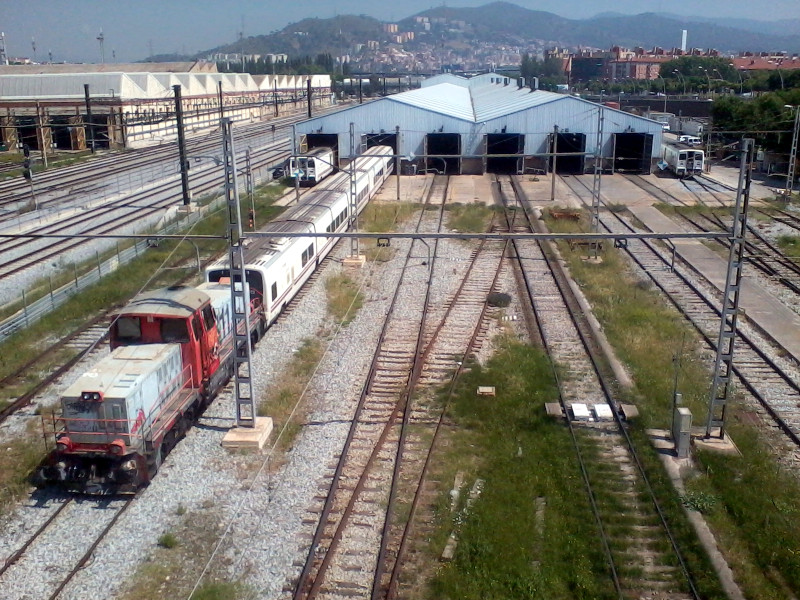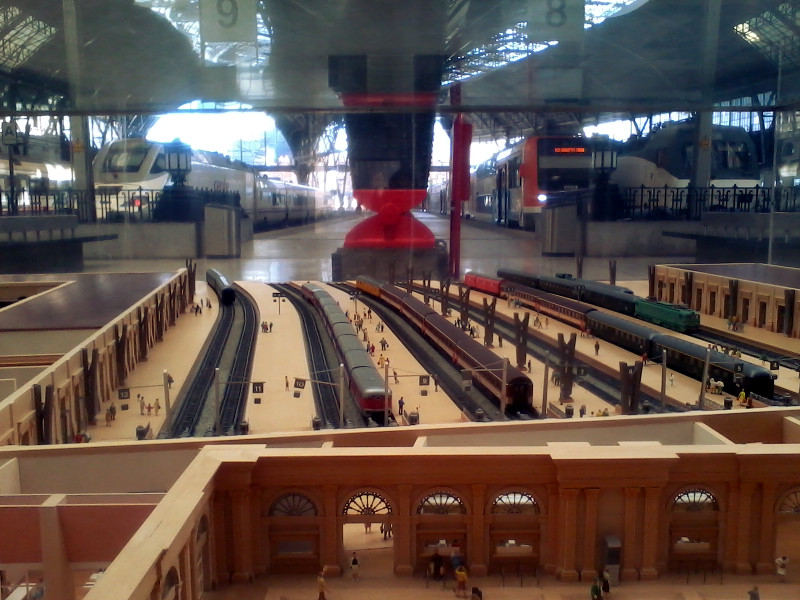This essay expounds the policy concept of transport connectivity in Britain from two diverging epistemological perspectives – nation and location. The text characterises the difficulty of managing the midst, before applying the implications to Mobility as a Service. Continue reading “What is Connectivity?”
Tag: Integration
Arriva Celta
Arriva Spain Rail’s announcement of a new cross-border railway service from A Coruña (La Coruña) in Galicia to Porto (Oporto) in northern Portugal took some in the railway industry by surprise. The first proper phase of the liberalisation of Spain’s national passenger railways was widely expected to be focused on the high speed AVE network, a somewhat commercial near-aviation market, theoretically serviceable with trains acquired outside Spain. Even interest in cross-border services had hitherto focused on the high speed route from Madrid via Barcelona to the south of France, which judging by its latest search for 15 new cross-border drivers, state operator Renfe intends to respond to competitively. After all, the Spanish government had declared every regional railway service to be “Obligación de Servicio Público” (Public Service Obligation, OSP), to be financially supported as a Renfe monopoly, likely well into the 2030s. Add the difficulty of acquiring and operating uniquely Iberian gauged and signalled rolling stock in an environment where almost all the relevant assets are held by state operators, and one might dismiss the whole A Coruña-Porto scheme as an ill-conceived dream of a multinational that had not yet understood the local railway environment. Except the Arriva Group have been operating buses in Galicia since 1999 and Portugal since 2000, and so should know the territory as well as anyone. Perhaps more importantly, while Arriva’s British rivals sought liberalised markets for their initial forays “overseas” in the 1990s, Arriva learnt to work with whatever competitive environment it found on mainland Europe. That combination of local experience and competitive adaptability makes Arriva’s approach to Spanish railways unique. That Arriva’s first instinct is A Coruña-Porto, and not head-to-head competition on flagship intercity routes such as Madrid-Barcelona, reveals much about Spanish railway liberalisation. Continue reading “Arriva Celta”
The Expectations of Competition
This essay establishes the policy context for the liberalisation of public transport in Spain, with specific reference to the recent history of Barcelona’s railways. The text introduces three difficult policy areas for Spanish public transport competition – local system integration, the balance between nation and communities, and the understated role of presence. It questions both the applicability of super-regulatory structures to a state where power is not absolute, and the use of economic analysis to rationalise transport infrastructure that primarily serves a strategic function, instead suggesting a role for the state’s own form of internal competition, here called the art of public competition. Continue reading “The Expectations of Competition”


